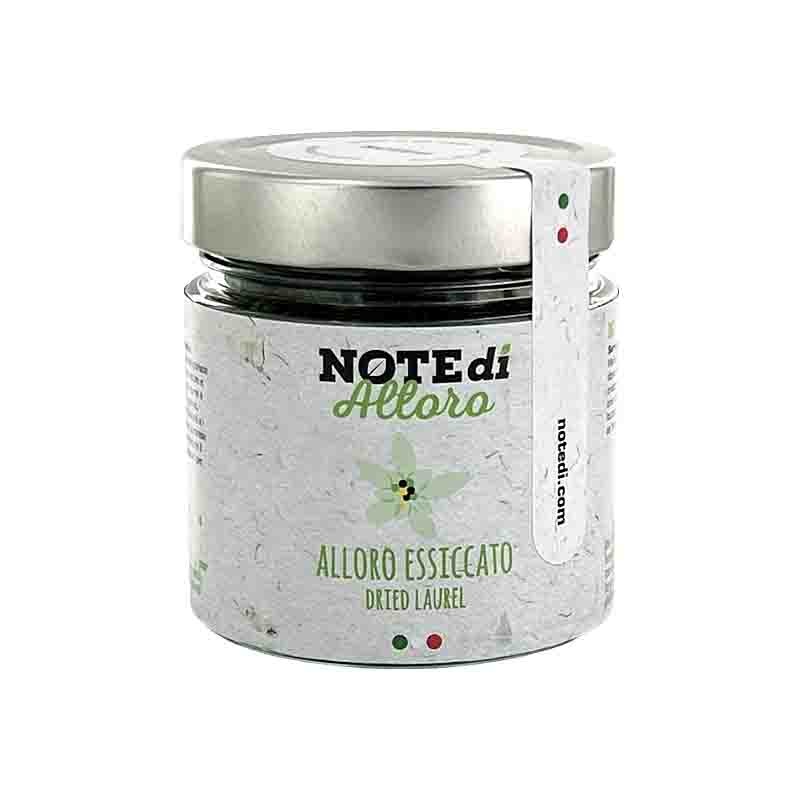




Try the Note di...Laurel spice selection.
Ideal to enrich: Meats, fish, broths, soups
Aromatic note: Decisive and aromatic
From field to table: 100% controlled supply chain.
Dried Laurel
Did you know that... in ancient times, laurel was used not only for its beneficial properties, but also for the legends associated with it.
The Greeks believed that laurel leaves could give the gift of prophecy and ward off bad luck and infectious diseases.
At Delphi, priests chewed or burned laurel leaves to communicate with the gods and slept on mattresses made from the shrub to promote prophetic dreams.
It may interest you
Thanks to their strong aroma, dried bay leaves add flavour to a wide range of dishes: broths, sauces, soups, vegetables. Bay leaves surprise the palate when combined with long cooked meats and fish.
Even when dried, bay leaves do not lose any of their beneficial organoleptic properties and retain their characteristic aroma. The dehydration process consists of removing the water from the laurel leaves in order to eliminate all the organisms responsible for the natural decomposition of the food, without altering its smell and taste.
The bay tree grows wild in Mediterranean areas. In fact, it is not unusual to come across the plant in these areas as it is very common. It has an erect trunk and dark green bark. Its leaves are oval and the same colour as the bark. It is easily recognised by its characteristic smell. In nature there are both male and female bay trees.
The plant is widespread in the coastal areas of the Mediterranean, especially in Spain, Greece and Asia Minor, and grows wild in central and southern Italy and along the Italian coast.